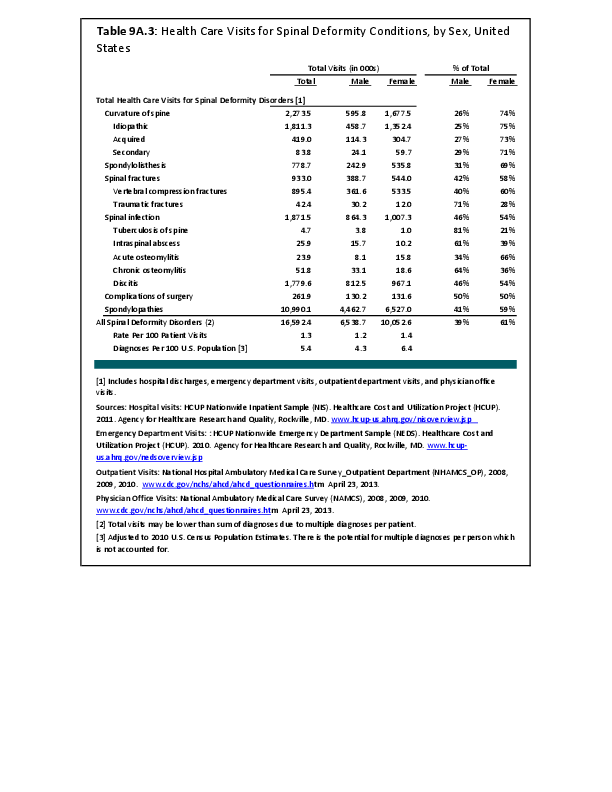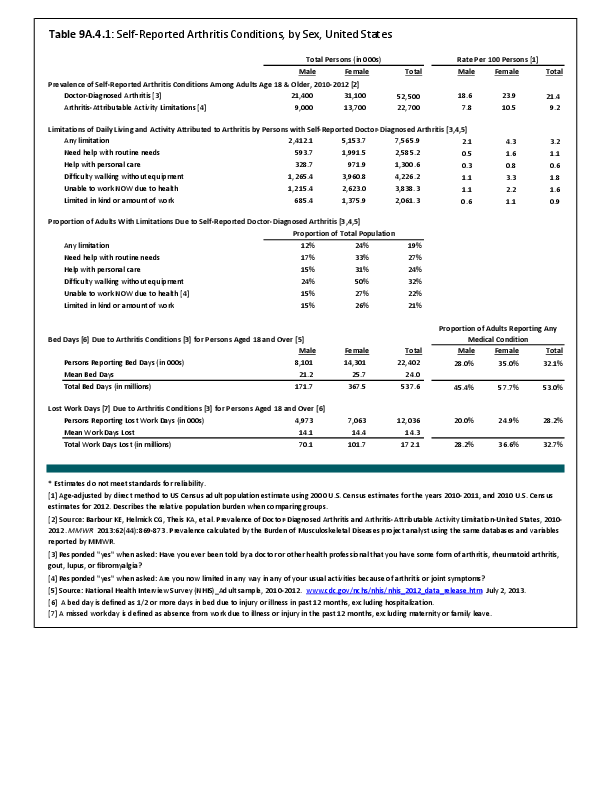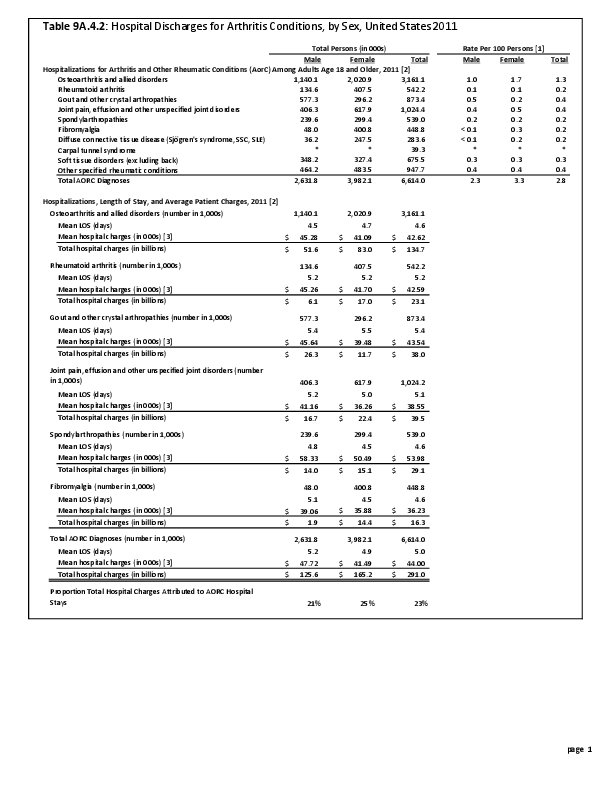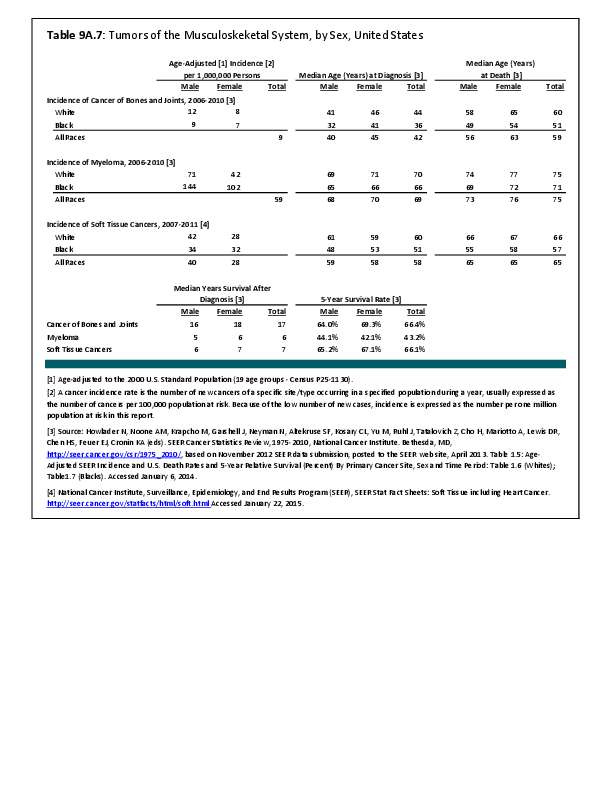The term “women’s health” has historically referred to conditions affecting the reproductive organs. It was assumed that there were minimal differences between men and women in conditions related to other organ systems. However, expanding research in women’s health over the past several decades has identified major differences in etiology, incidence, presentation, prevention, and response to treatment for almost all health conditions. These differences are impacted by both sex and gender, and are particularly manifest in the musculoskeletal system. Thus differences and similarities in musculoskeletal health related to sex and gender are inadequately covered in the term "women's health."
Inadequate research of health conditions in women contributed to limitations in this area. In 1977, the Food and Drug Administration (FDA) barred women of childbearing potential from participating in most early-phase clinical research. In 1985, the Public Health Service Task Force on Women's Health Issues noted that the exclusion of women as subjects in clinical research was detrimental to women’s health. In 1986, the National Institutes of Health (NIH) urged that more women be included in clinical investigations where appropriate, and in 1990 established the Office of Research on Women’s Health. The FDA reversed its 1977 edict, excluded women from clinical trials in 1993, and in 1998, stated they would refuse to file any new drug application that did not include a sufficient number of female subjects to assess safety and efficacy by sex.
Despite this new direction, there are concerns that sufficient numbers of women still are not being included in studies. This is particularly true for pharmaceutical trials, where recent research has shown differences in effect and assimilation of drugs between men and women, resulting in questions related to the safety and efficacy of medications used to treat conditions in both sexes. Recent recommendations for differing doses between the sexes for some medications have highlighted these sex differences.
The current focus is a movement away from terms such as “women’s health” to a more inclusive discussion of sex and gender differences. The words “sex” and “gender,” although frequently use interchangably, have differing meanings. The Institute of Medicine attempted to clarify the difference in their 2001 publication, noting that sex reflects the genetic, or gonadal, complement and that “every cell has a sex,” while gender refers to social interactions and the ability to access resources. Both sex and gender have an impact on health conditions, including those of the musculoskeletal system.
Edition:
- 2014

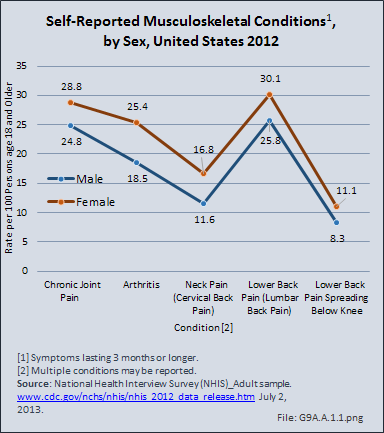

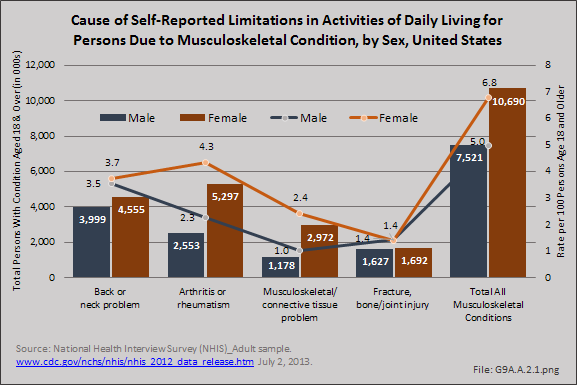
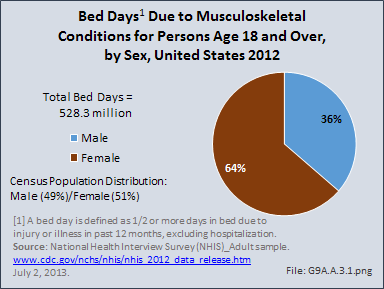
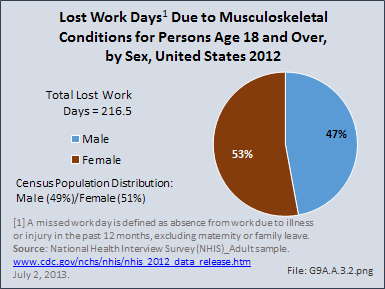

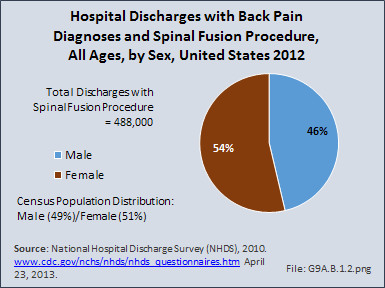
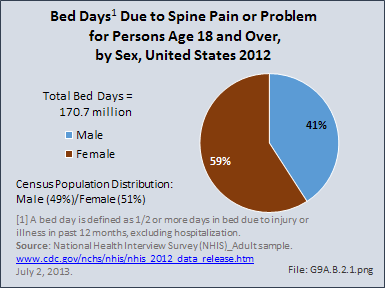
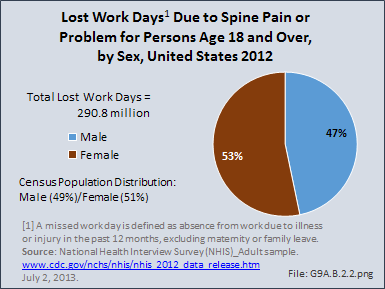


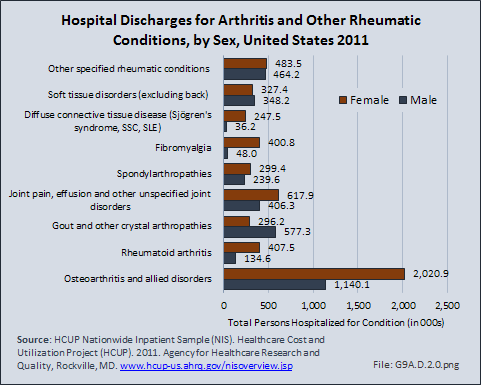
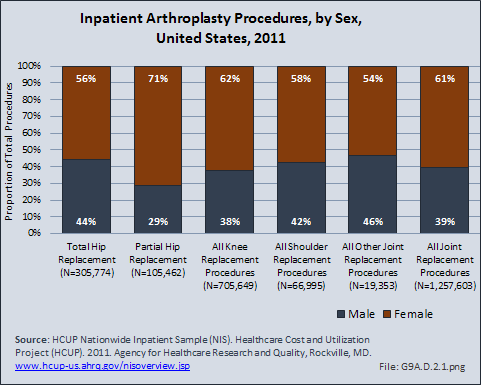
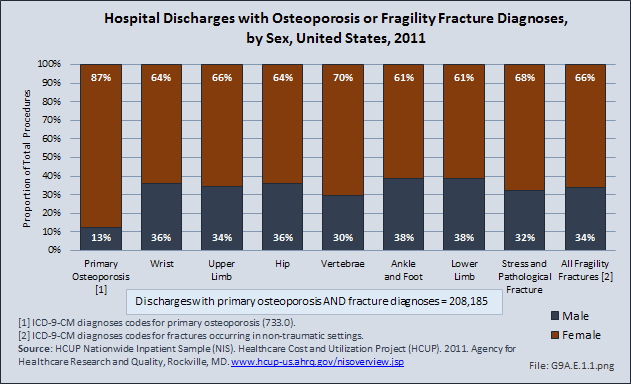



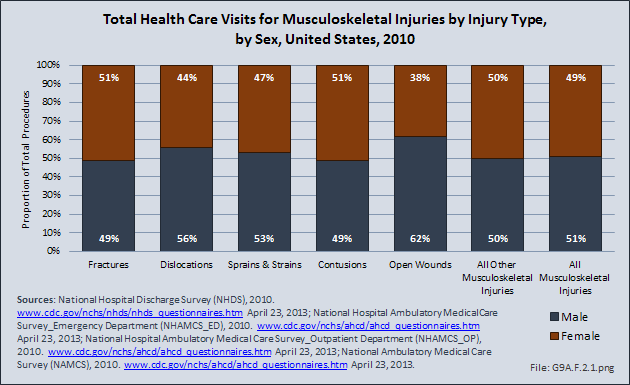
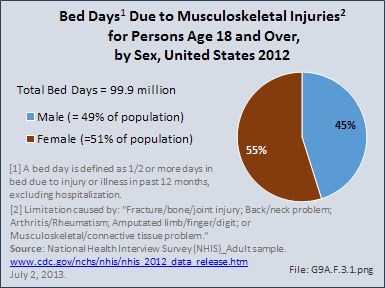
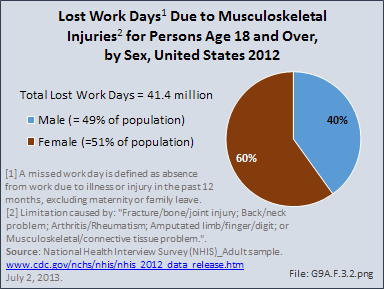

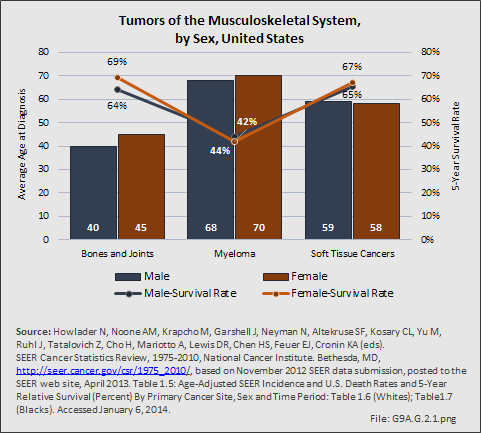
 Download as CSV
Download as CSV

